Understanding the Value of the King in Chess
The game of chess is a complex and strategic endeavor, where each piece has a vital role to play. Among these pieces, the king holds a unique and pivotal position. Its importance cannot be overstated; while it might seem like one of the least powerful pieces on the chessboard due to its limited range of movement, the entire game revolves around the safety and position of the king. This article explores the multifaceted role of the king in chess, examining its strengths, limitations, and the strategic nuances that it brings to the game.
The Fundamental Attributes of the King
In chess, each type of piece has its own method of moving, and the king's movements are particularly restrictive. The king can move one square in any direction: horizontally, vertically, or diagonally. This limited range is significantly less than that of more mobile pieces like queens and rooks. However, what the king lacks in range, it compensates for in its vital role—its safety is the ultimate goal of the game, with all other actions considered in terms of their impact on the king's position.
Another key attribute of the king is its involvement in a special move called castling. This is the only time in chess when two pieces move simultaneously—the king and one of the rooks. This move not only serves as a defense mechanism but also as a strategic tool for position improvement.
The Strategic Importance of the King
The importance of the king transcends its basic movements. In the broader strategic layout of chess, the king's value comes from being the soul of the game; its fate determines the outcome. A player's main objective is to threaten the opponent's king with an inevitable capture, known as checkmate. This singular focus on the king's status influences all other actions and strategies on the board.
Early Game: The King’s Safety
In the opening phases of the game, one of the primary goals is to ensure the king’s safety. This often involves strategic pawn moves and the development of stronger pieces to control the center of the board, thus shielding the king from potential threats. A popular strategy for protecting the king is castling, whereby the king is moved towards a corner of the board, behind a protective wall of pawns. This not only secures its position but also brings a rook into play, thus enhancing the effectiveness of the player's longer-range strategy.
Midgame: The King as a Tactical Asset
As the game transitions from the opening to the midgame, the dynamics around the king's role change. With many pieces exchanged and more space available on the board, the king can occasionally become a more active participant in the game. This is particularly true in the endgame, where the king can often be seen advancing into the battlefield, supporting pawns and challenging opposing pieces.
Endgame: Maximizing the King’s Potential
The endgame is where the king truly comes into its own as a powerful piece. With fewer pieces on the board, the king’s ability to move one square in any direction can be effectively utilized to capture opposing pawns and to support its own pawn promotion. The strategy often revolves around creating and exploiting pawn weaknesses in the opponent's structure and using the king actively to achieve these goals.
Drawing upon the king’s strength in the endgame requires careful planning and foresight. Skilled players use their kings to exert pressure on significant squares, particularly those that control key rows, columns, and diagonals. This can often lead to a positional advantage that compels the opposing player into a defensive posture, gradually constraining their gameplay until they succumb to checkmate or material loss.
King Vulnerability and Checkmating Patterns
Despite the king's critical significance in achieving victory, it is also a piece vulnerable to attacks. Recognizing common checkmating patterns is essential for both attacking the opponent’s king and defending one’s own. Some classic checkmate patterns include the back-rank mate, where a rook or queen takes advantage of a poorly defended back row to trap the king, and the smothered mate, where a knight delivers checkmate aided by the opponent’s own pieces blocking the king's escape.
These patterns highlight a key aspect of chess strategy: the spatial confinement of the king can lead to its downfall. Therefore, understanding how to manipulate space and piece positioning to create these vulnerable scenarios is crucial for victory.
The Psychological Aspect of the King in Chess
Finally, the king's role in chess extends into the psychological realm. The safety or exposure of the king can exert significant psychological pressure on players, influencing risk assessment, and decision-making processes. A threatened king may force a player into a defensive stance, potentially neglecting better positional plays or more aggressive strategies.
Conversely, the assurance of a secure king allows for more flexibility in offensive tactics. Players can afford to take risks, expand their positional control, or sacrifice material for strategic gains, knowing their king is safe from immediate threats.
Conclusion
The king, while not the most mobile or aggressive of chess pieces, plays a pivotal role that no other piece can replicate. Its importance lies not just in its legal moves, but in its central role in the game's objective. Chess revolves around the twin tasks of safeguarding one's king while simultaneously hunting down the opponent's. This duality makes the king not just another piece on the board, but the very essence of the game of chess. Understanding and mastering the use of the king is essential for anyone looking to advance their chess skills. Explore our large collection of luxurious chess sets!


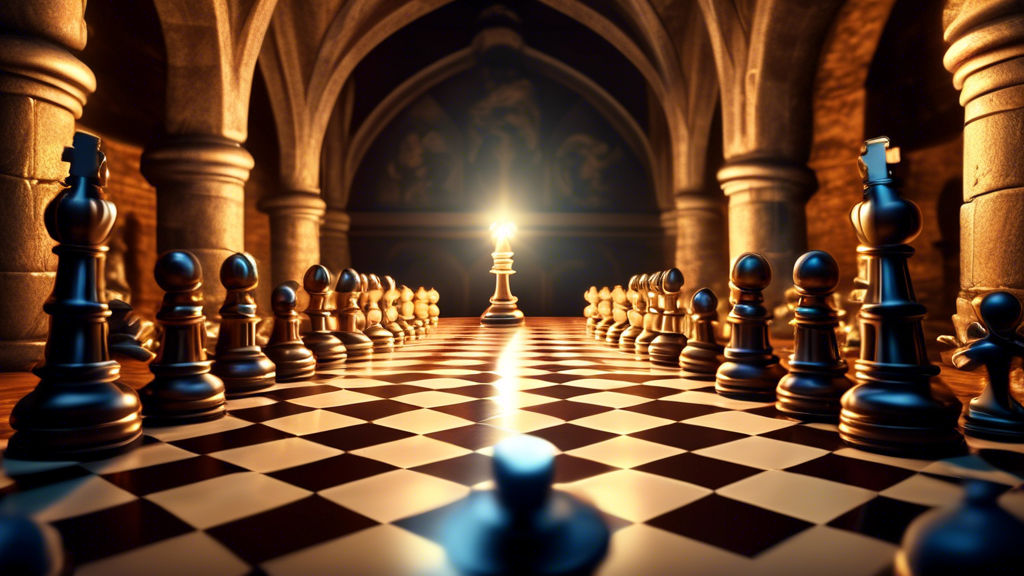
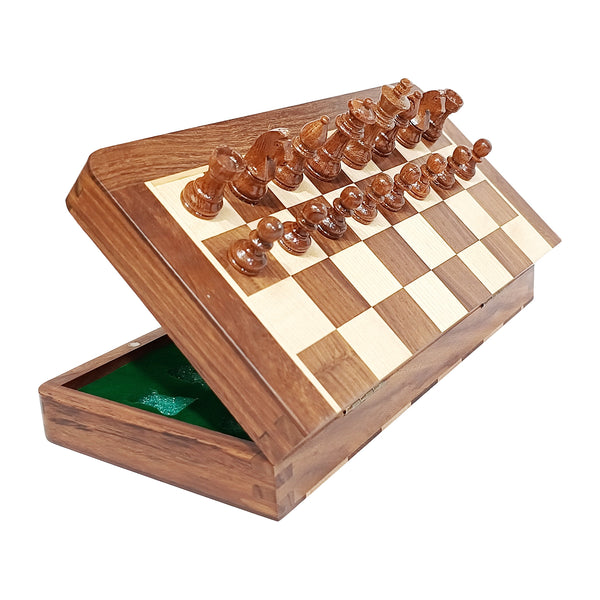
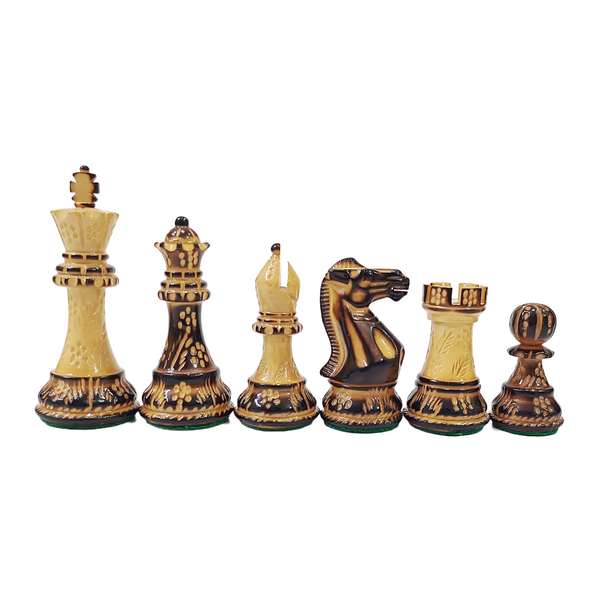
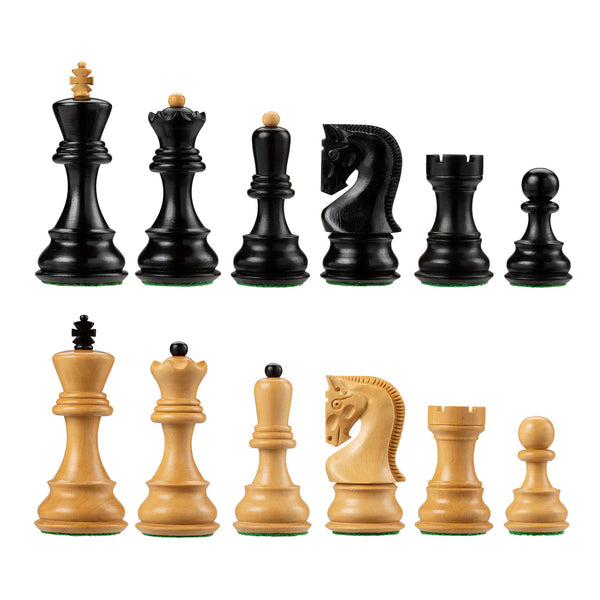
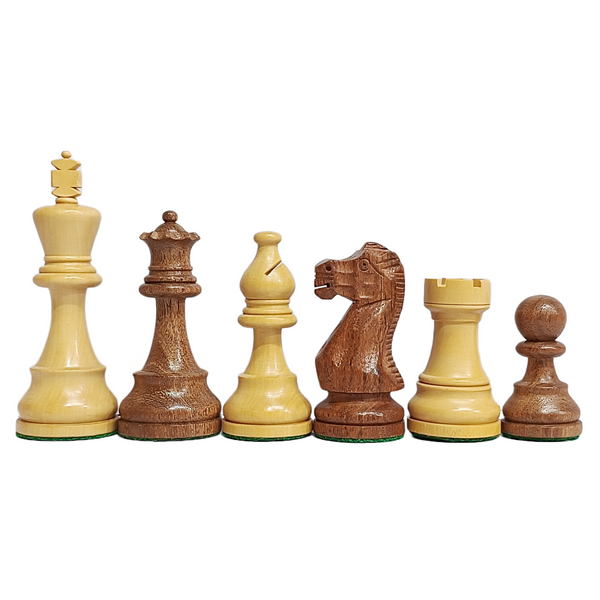

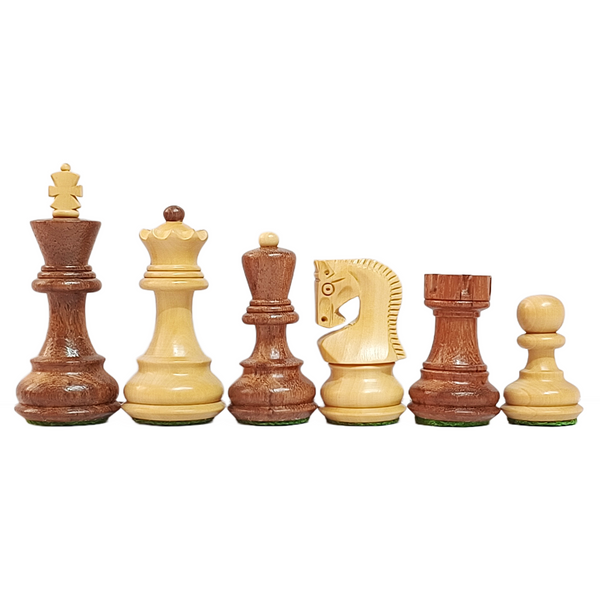



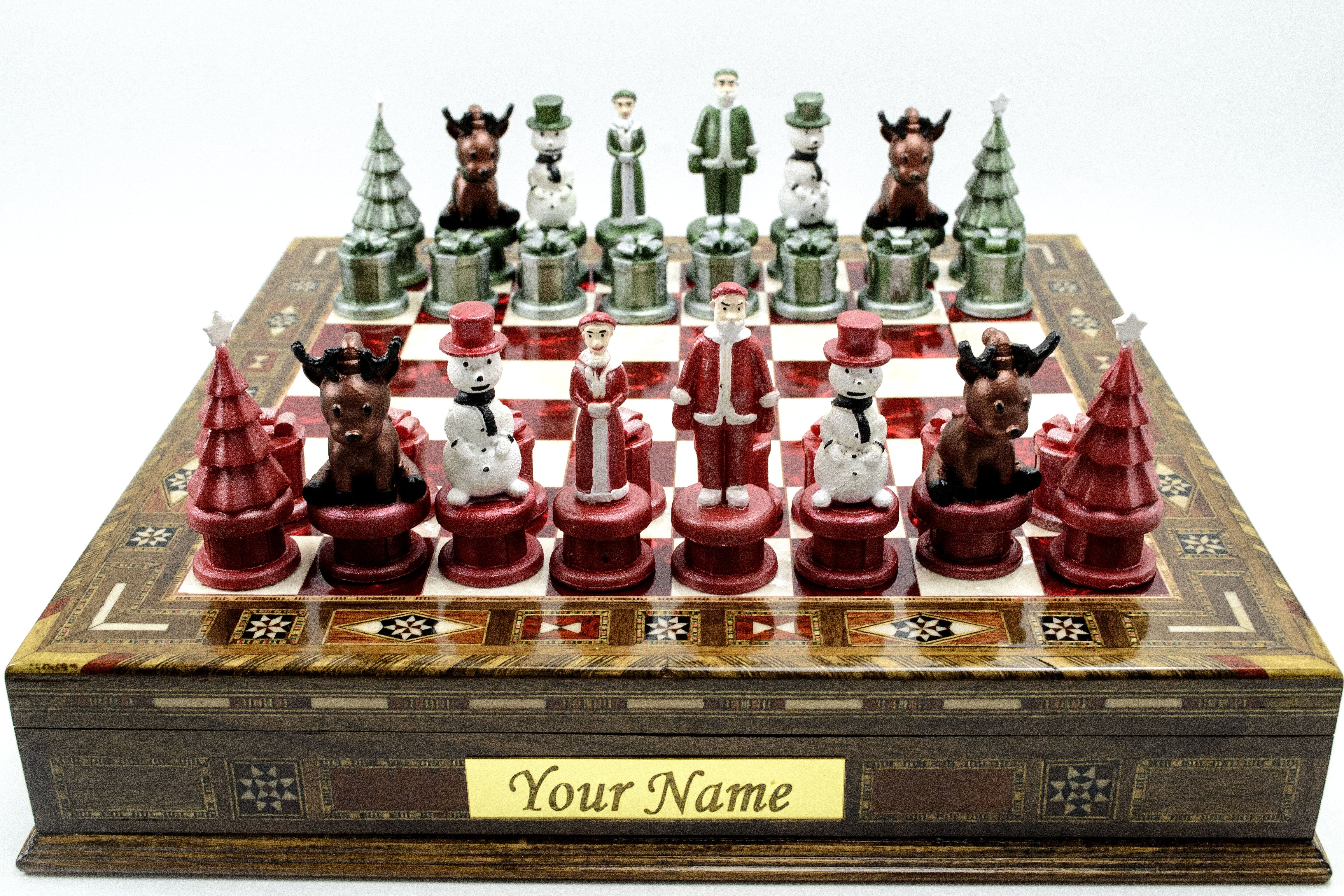




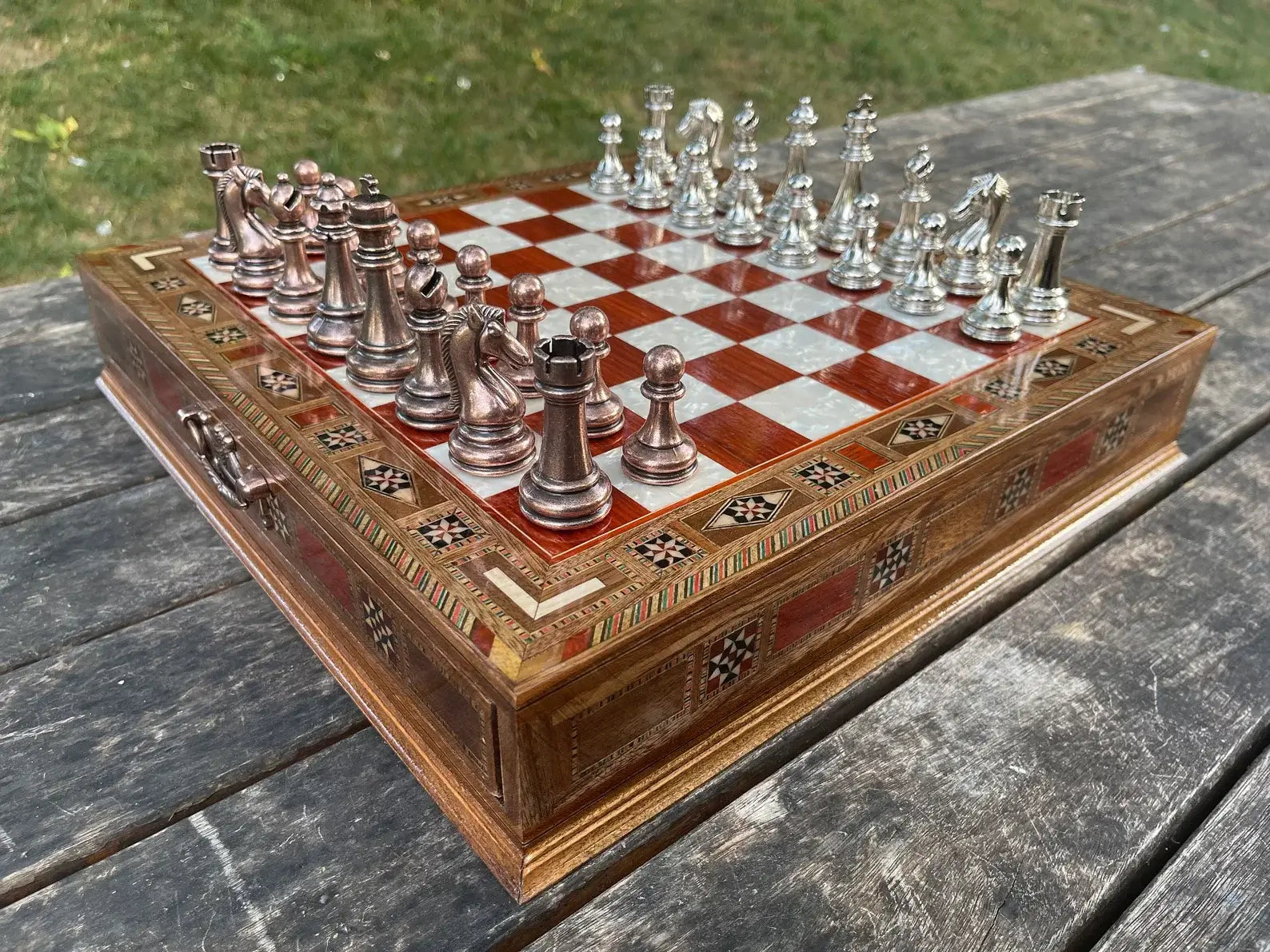
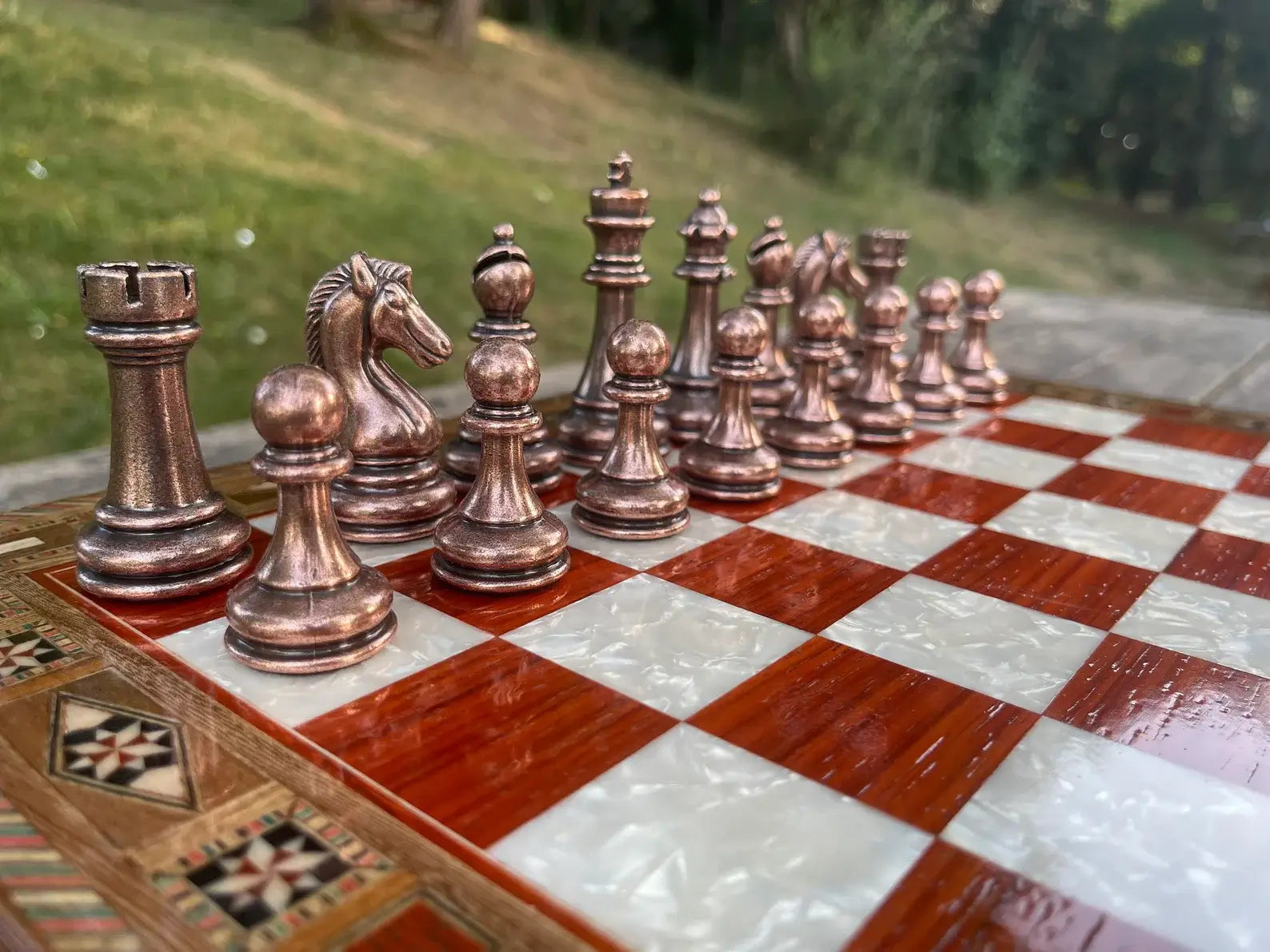
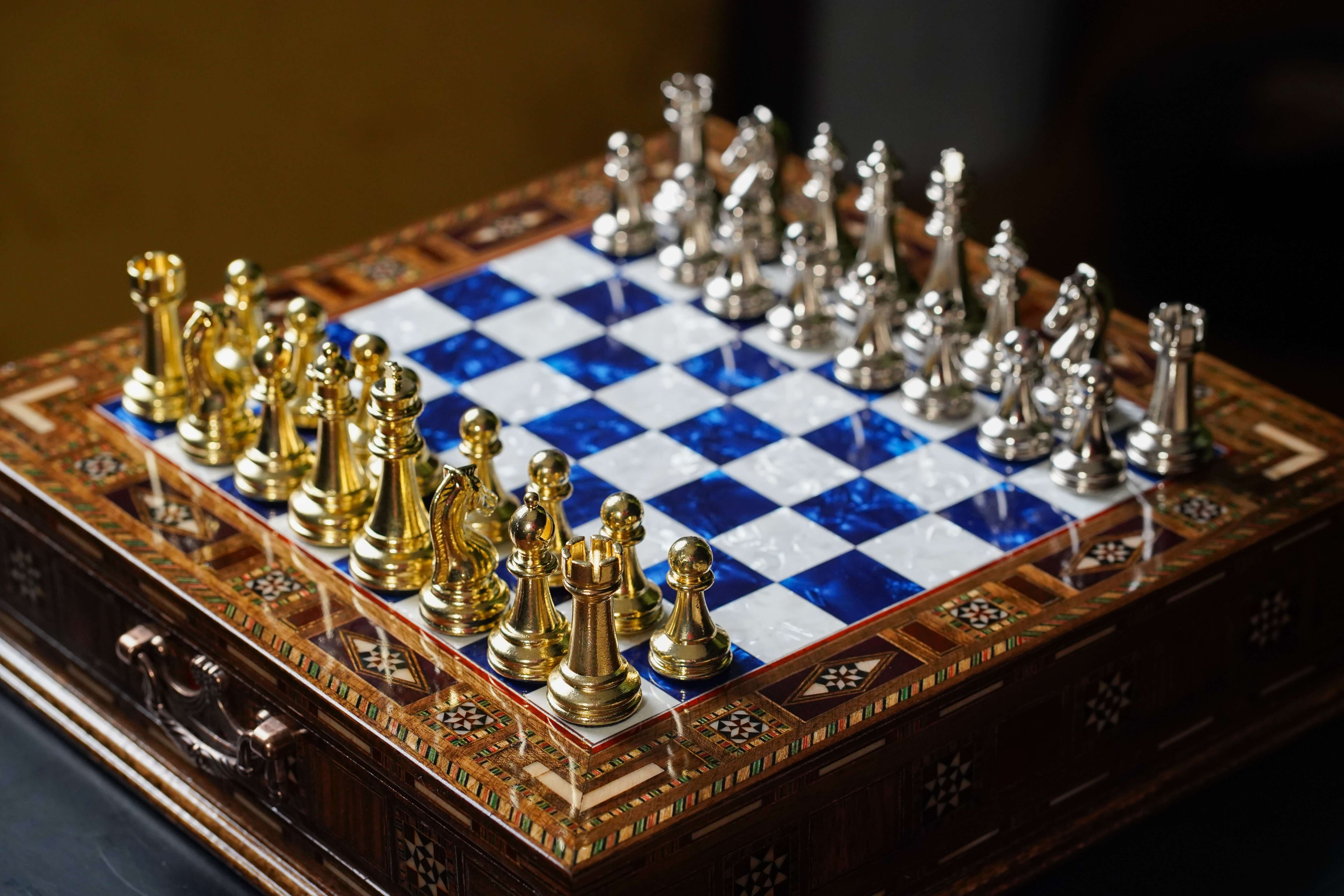
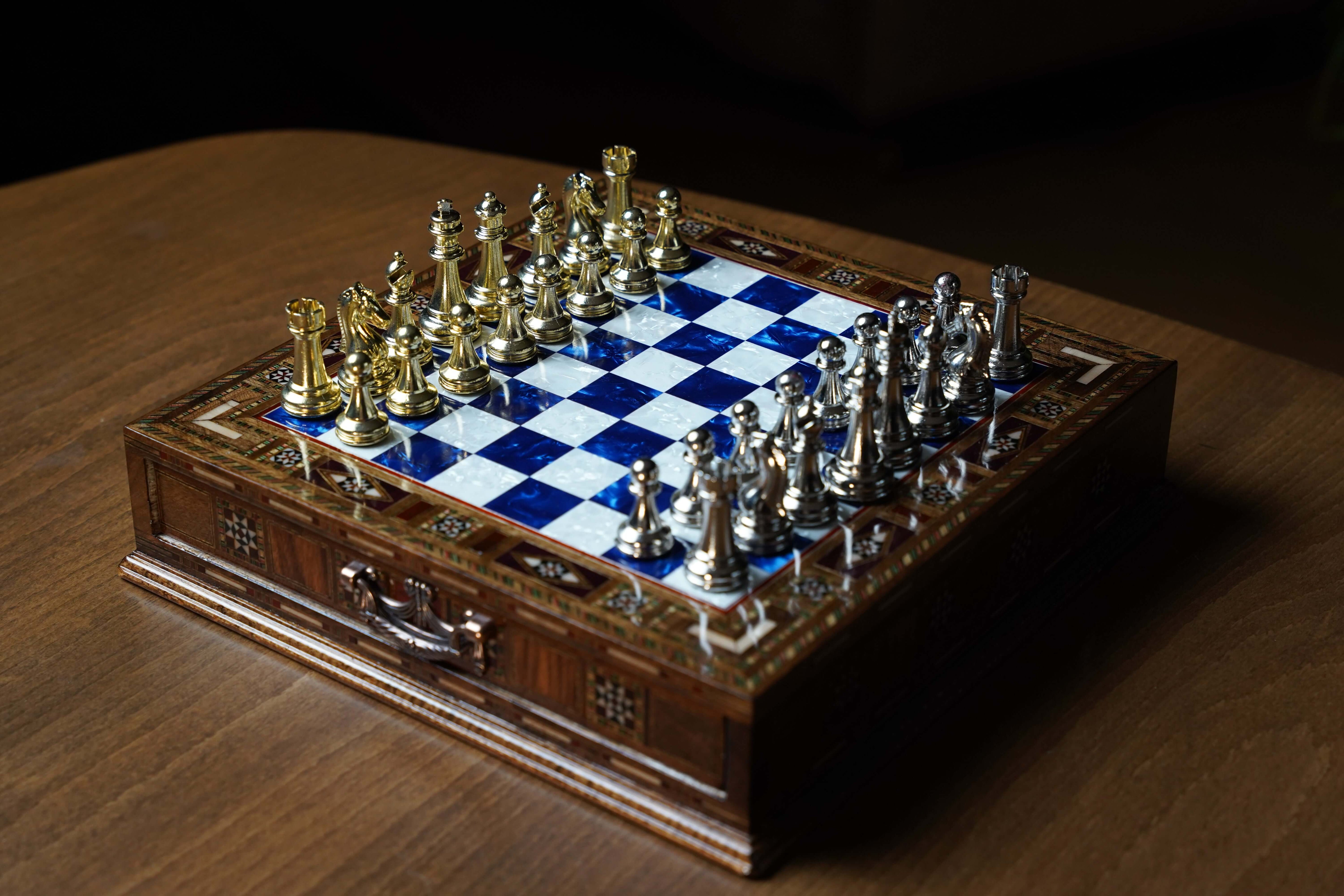
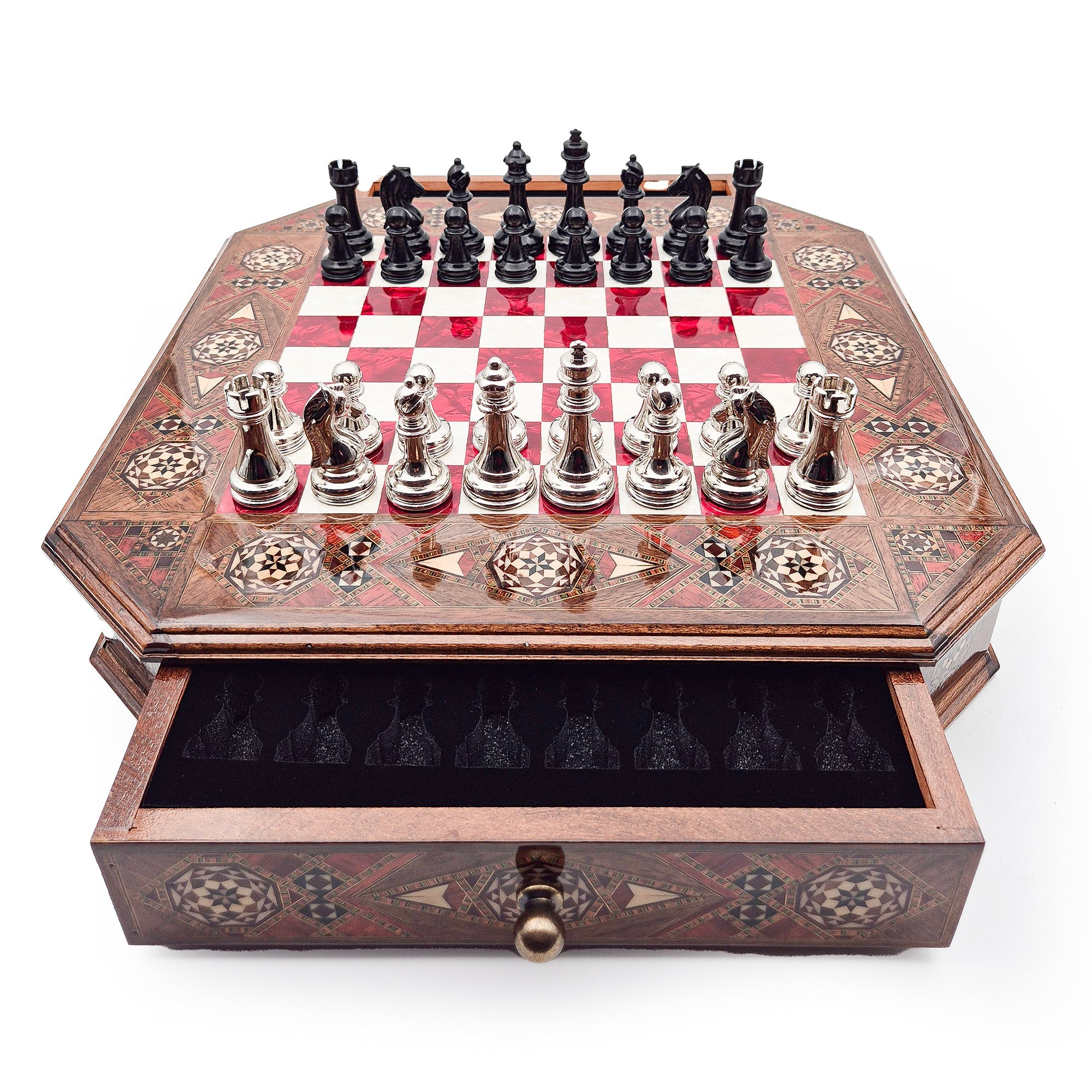
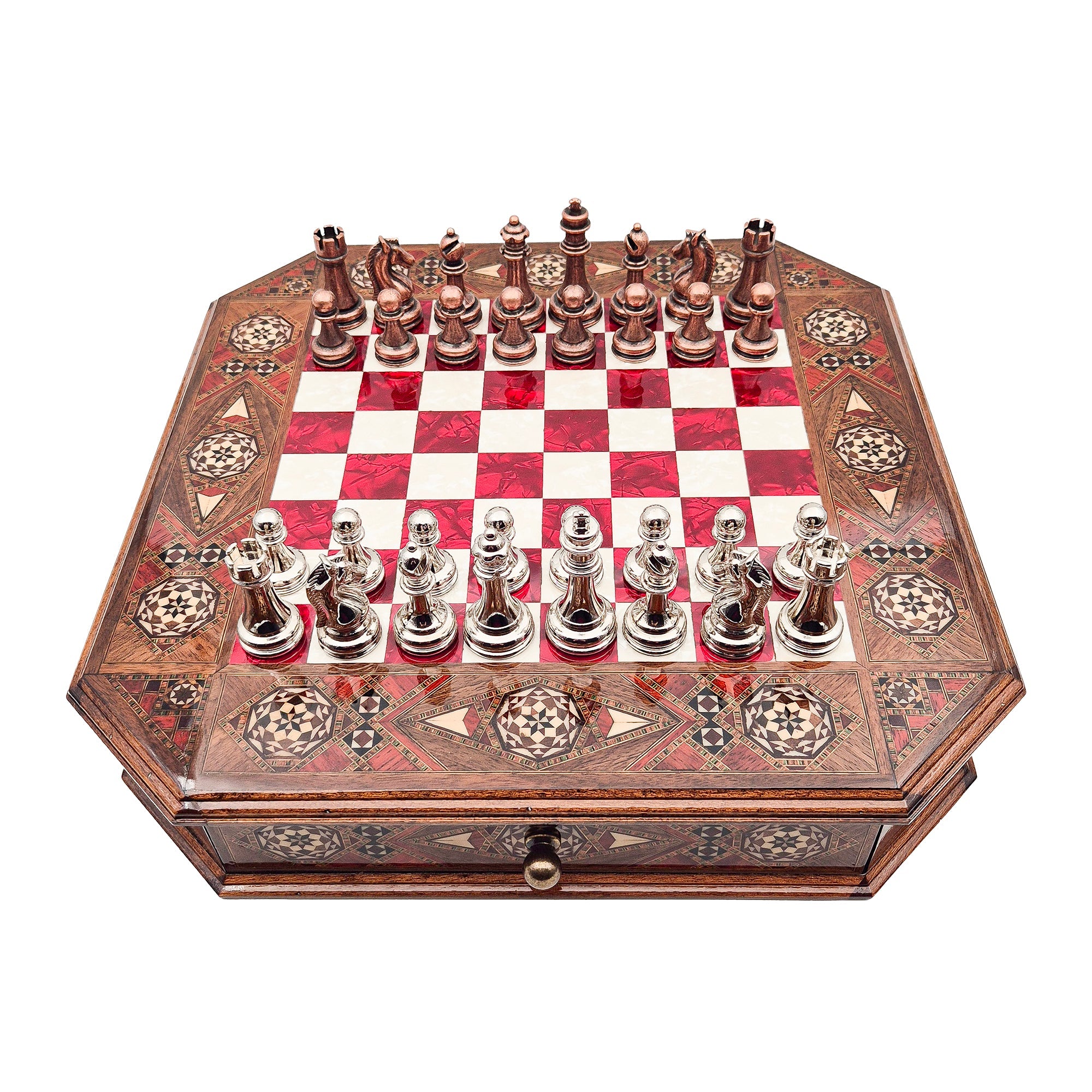
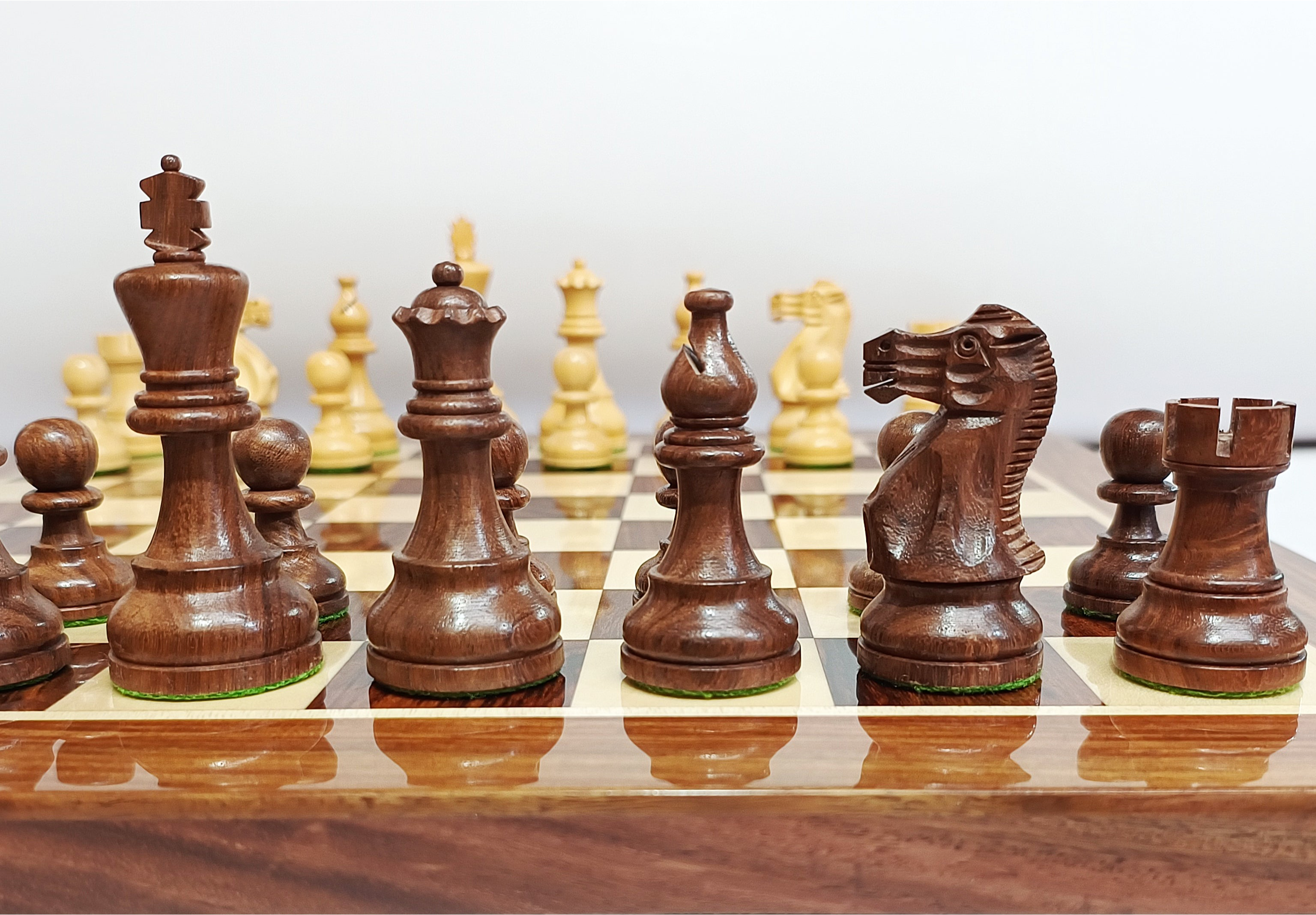

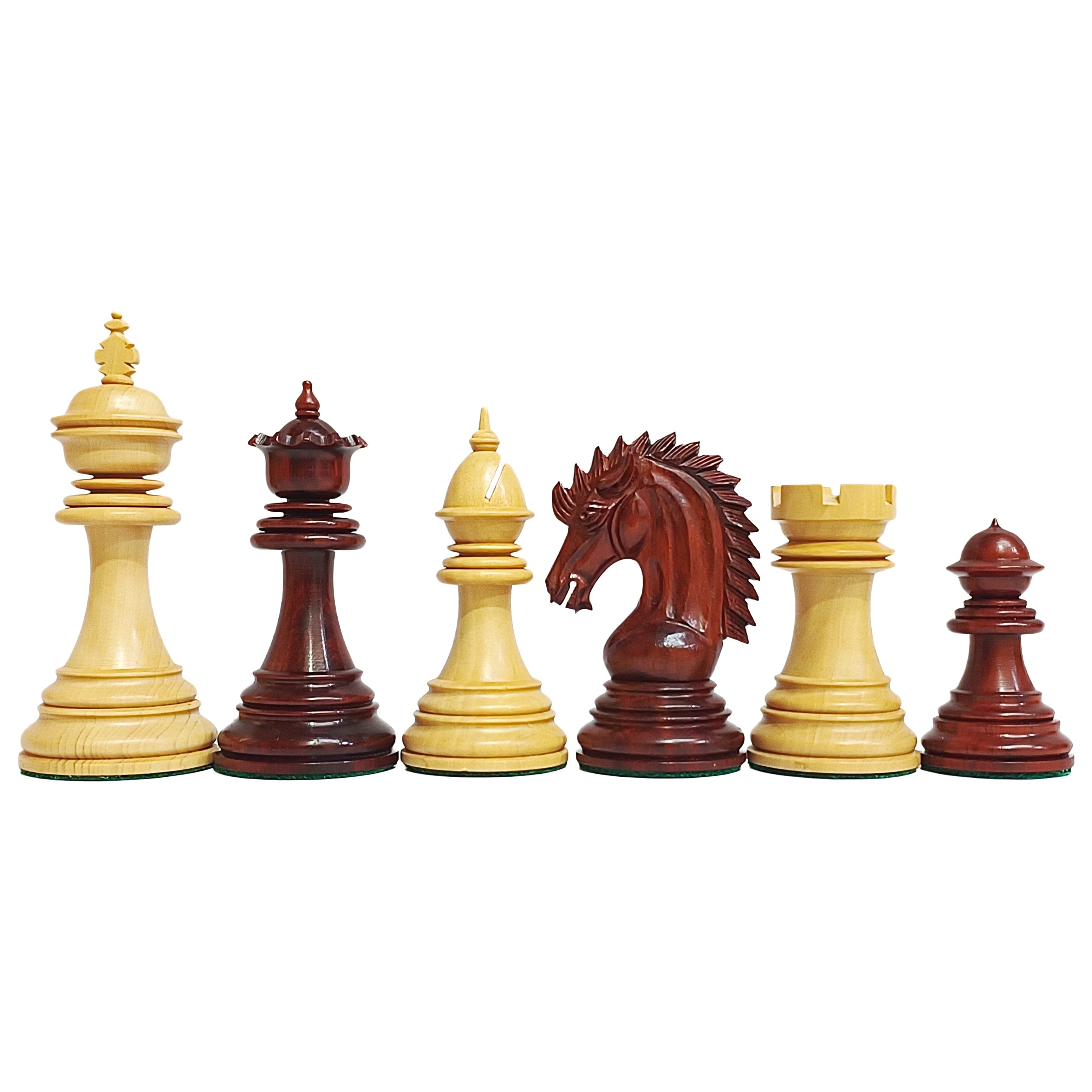
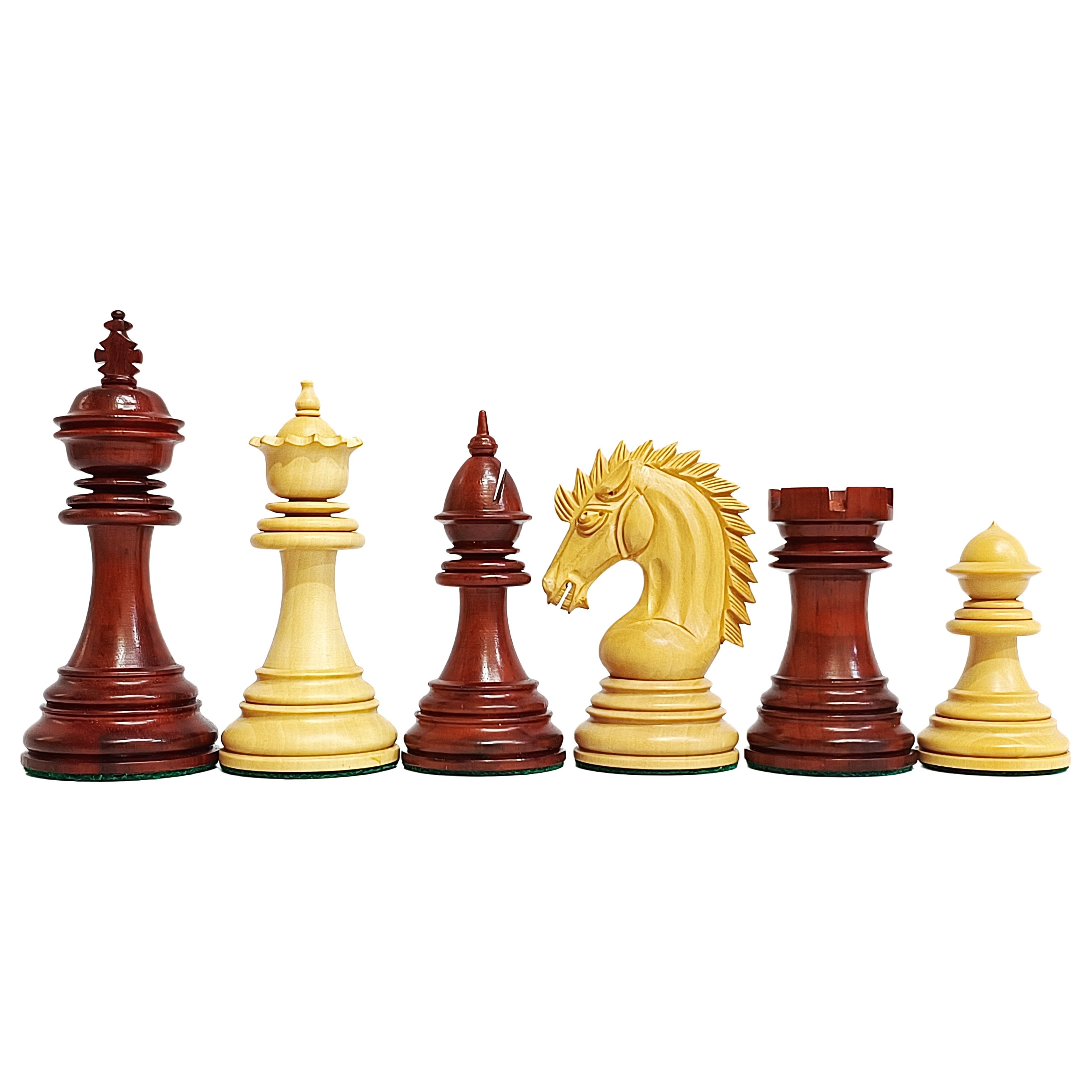


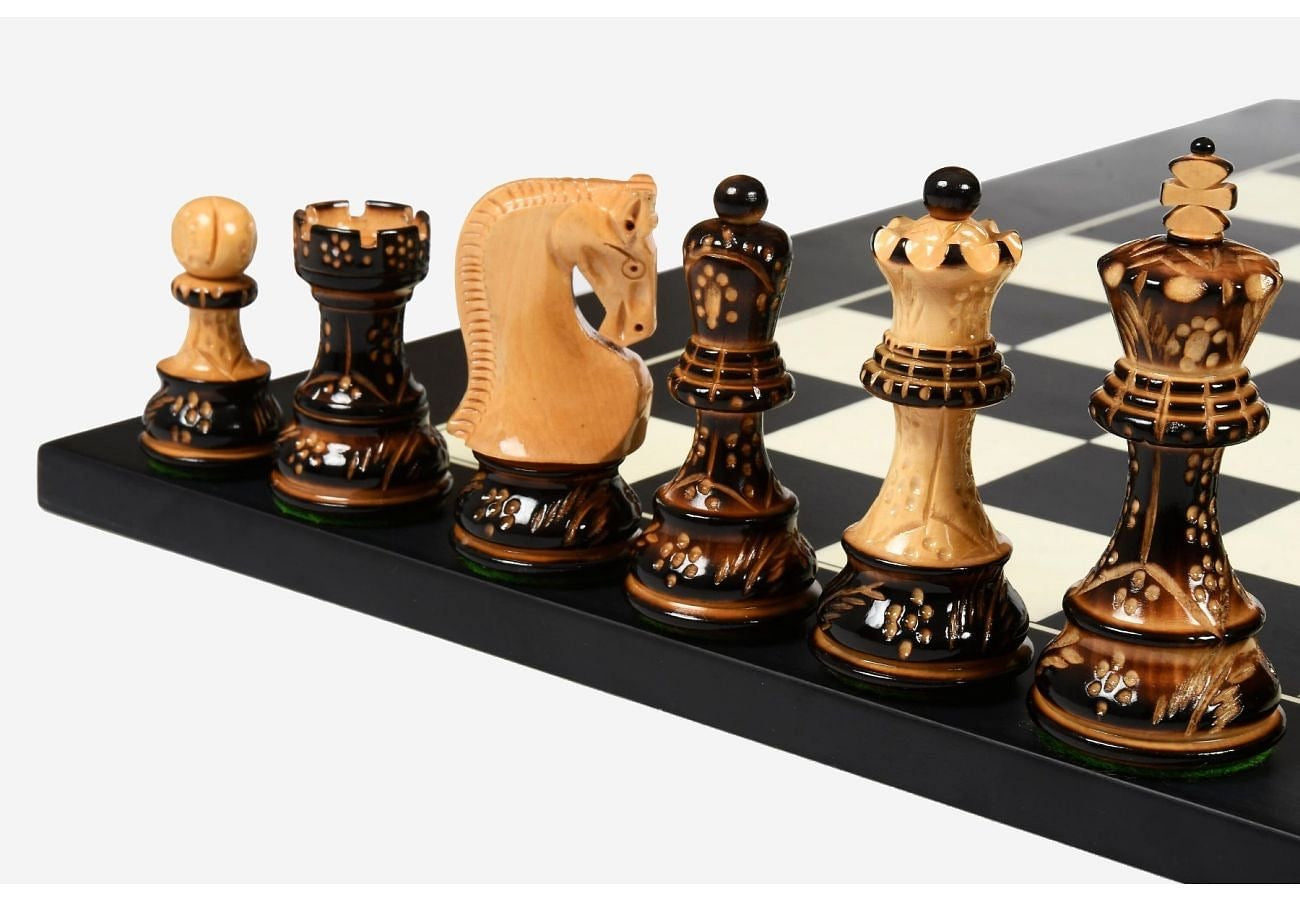
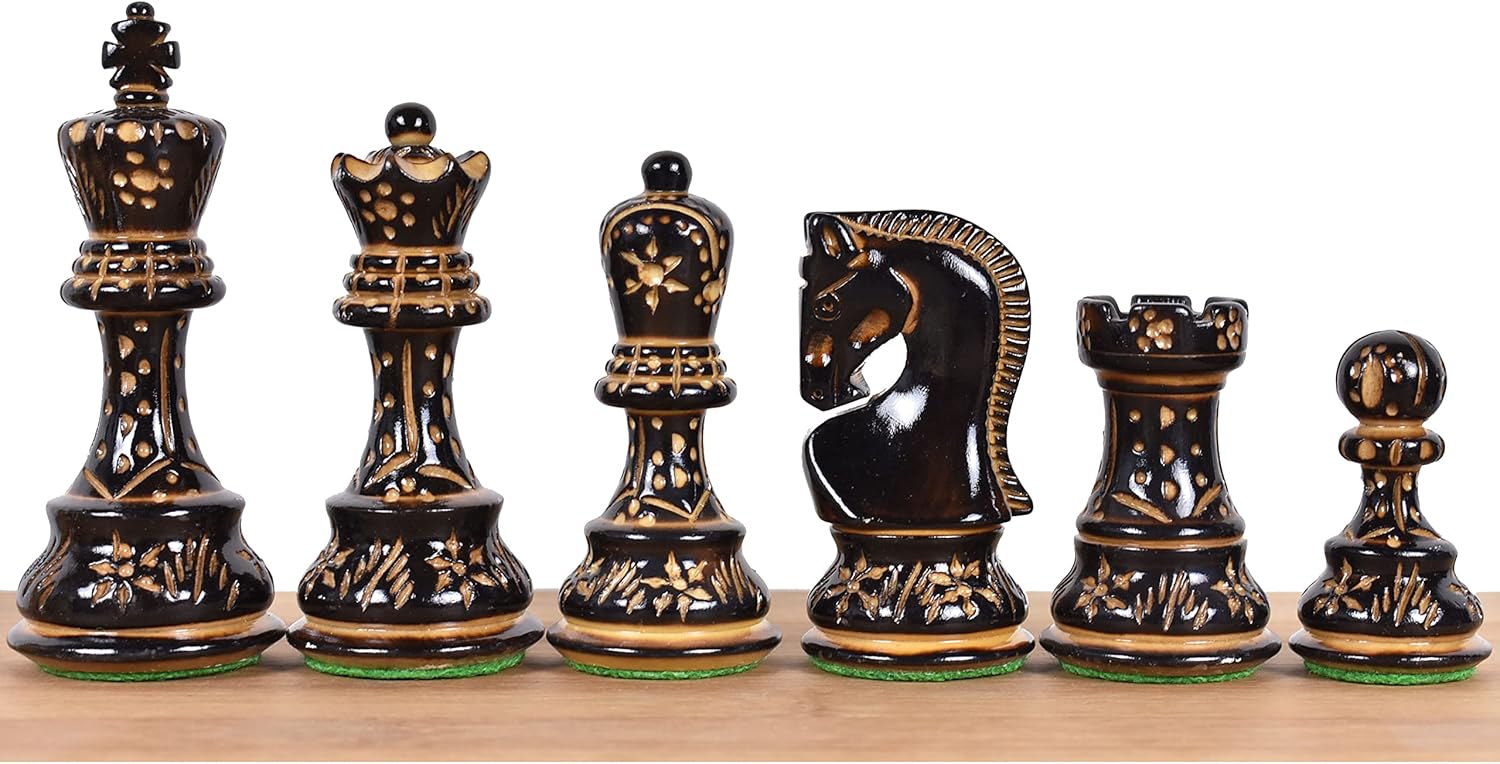
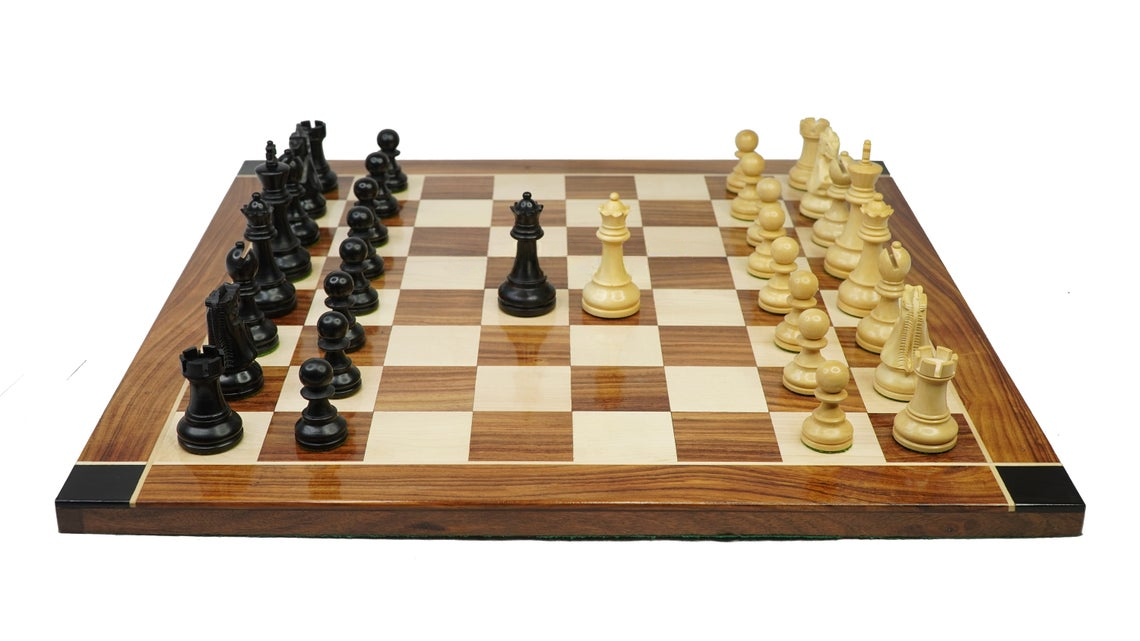

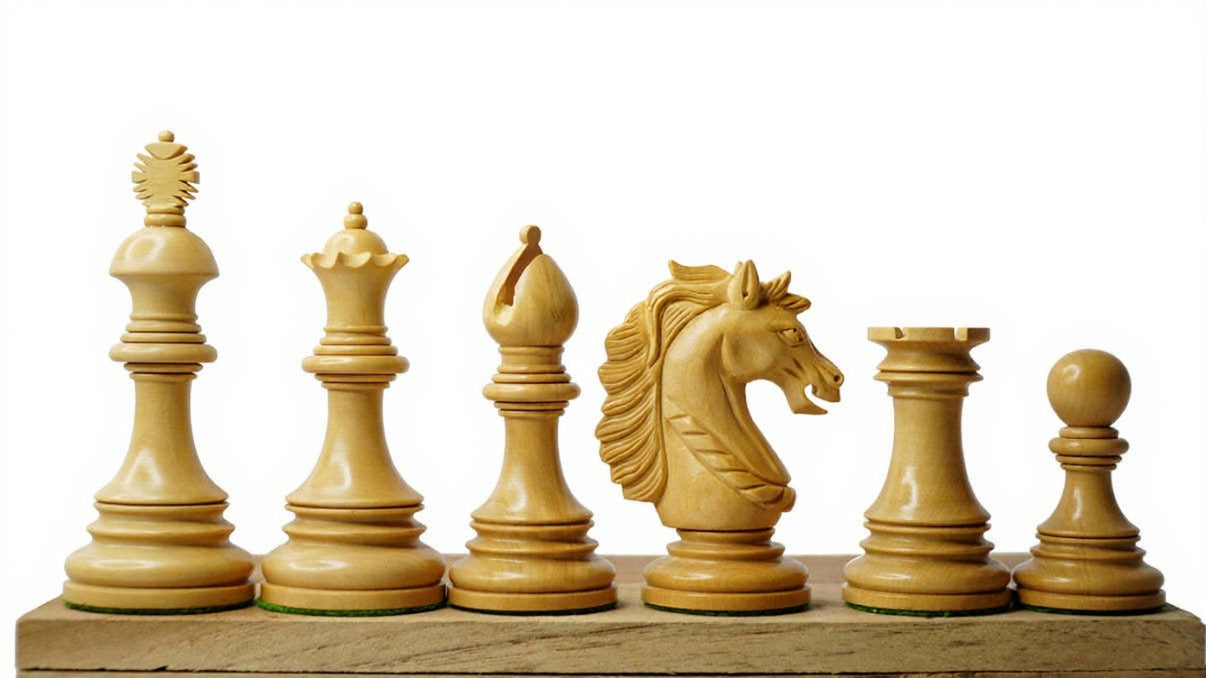
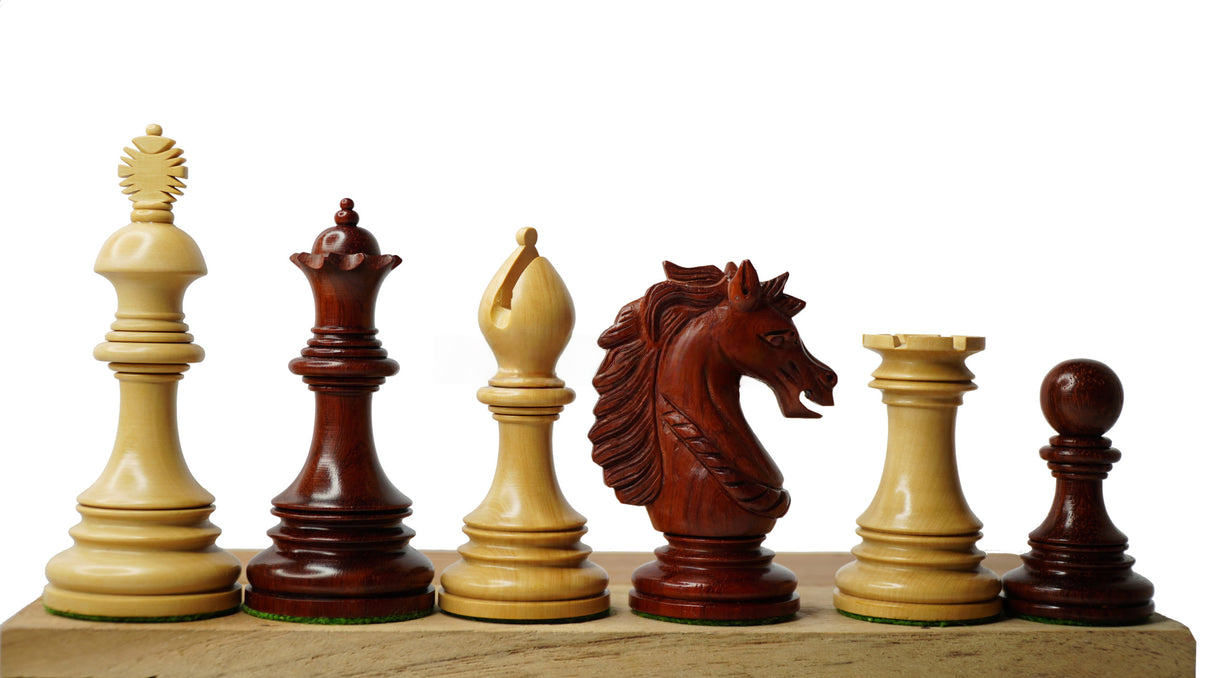
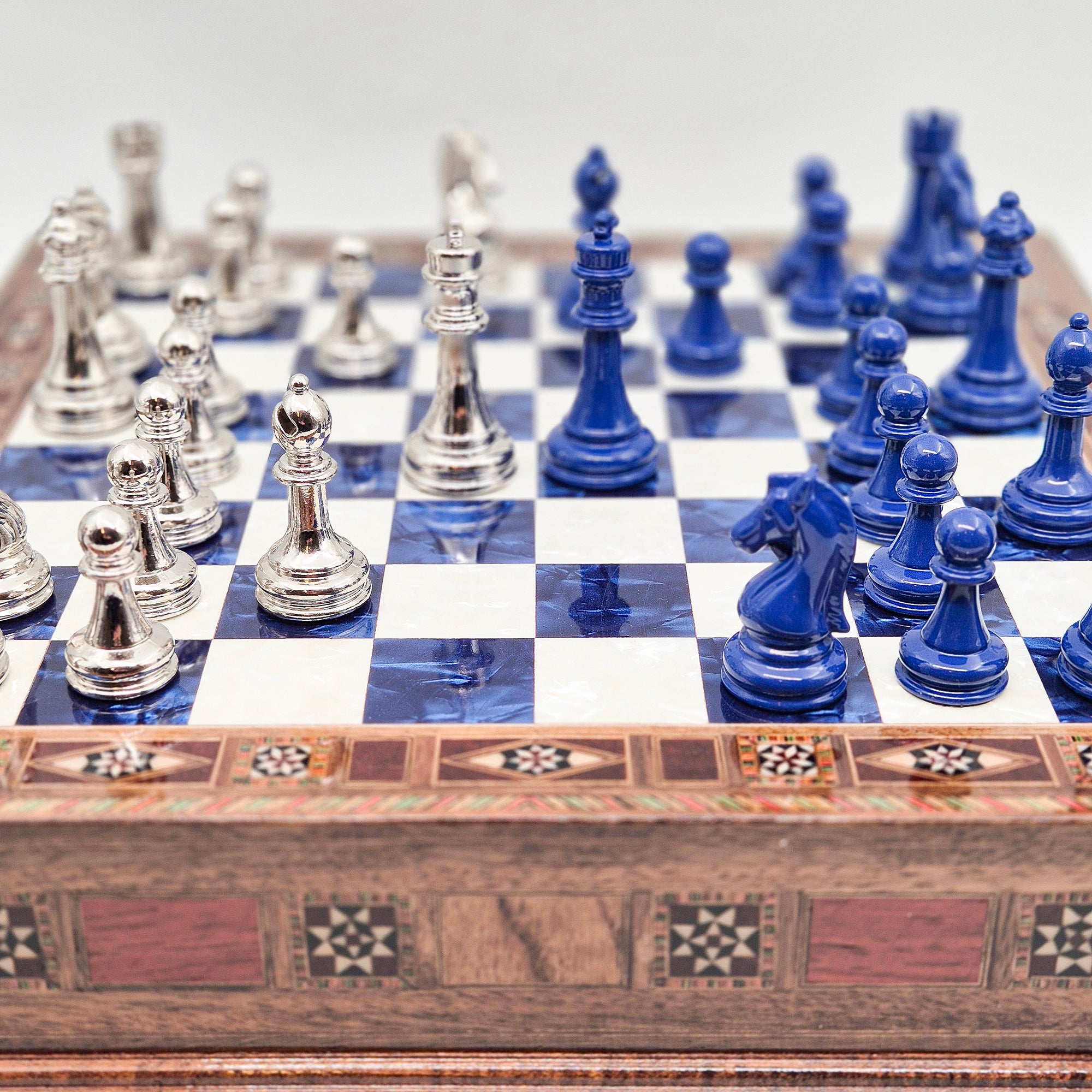


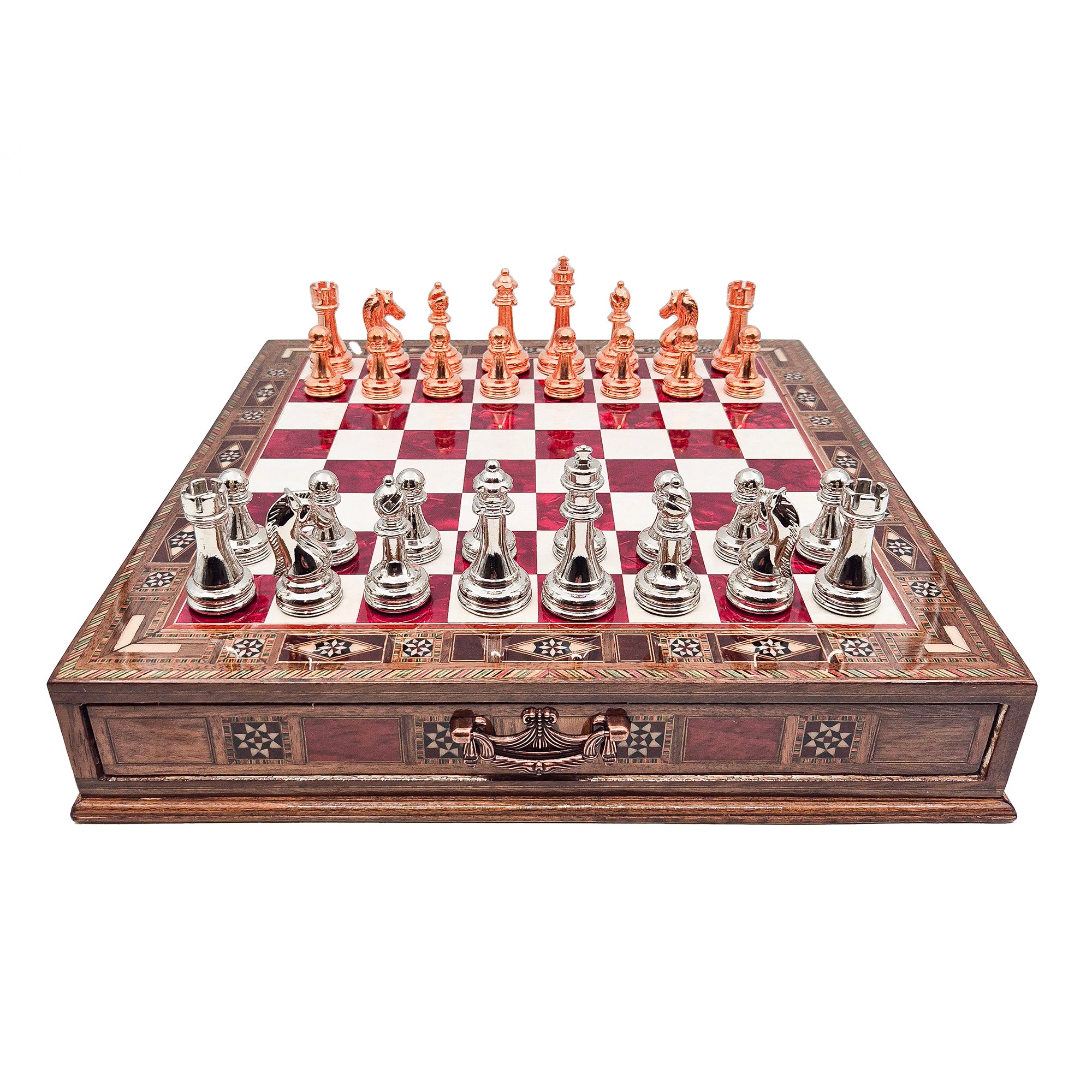
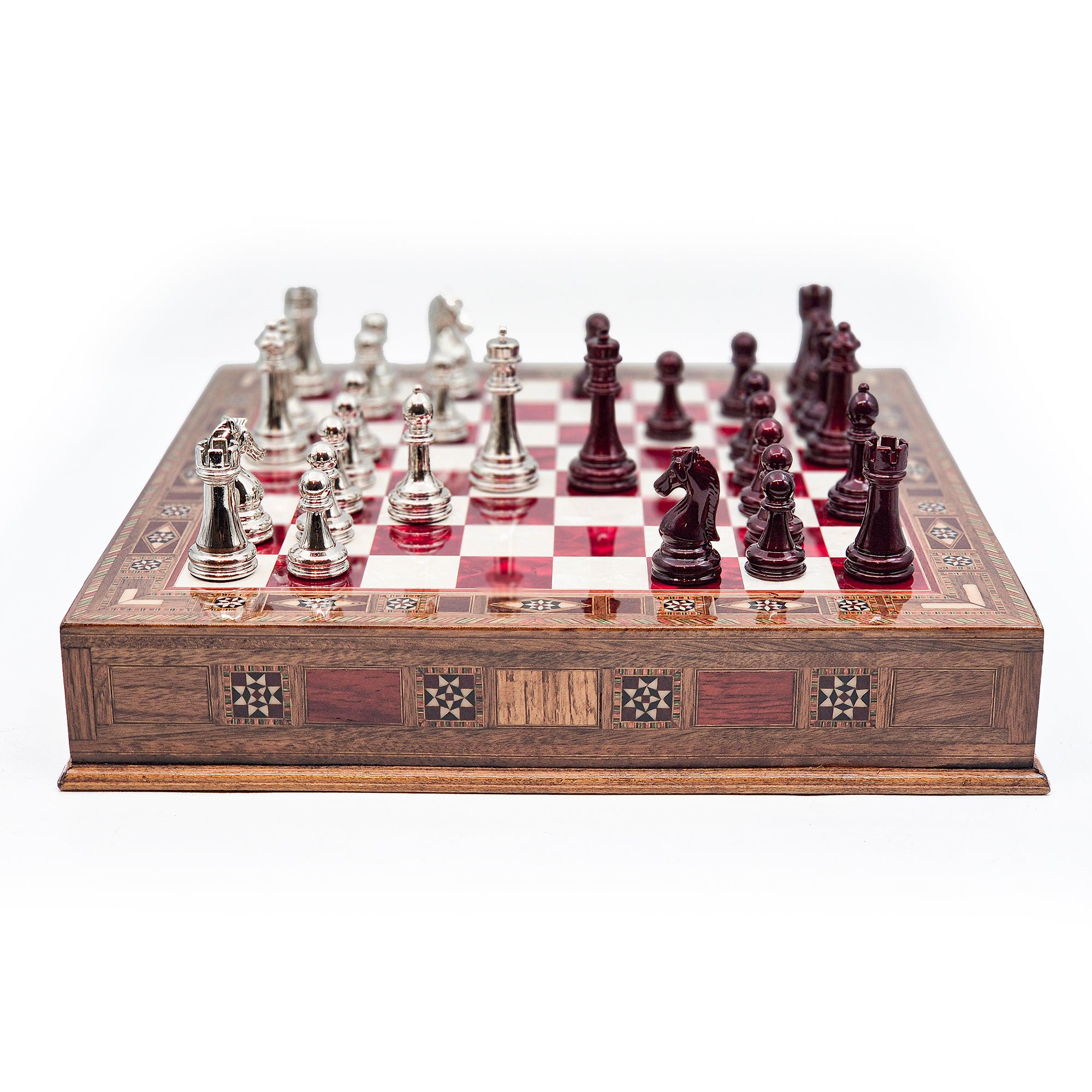
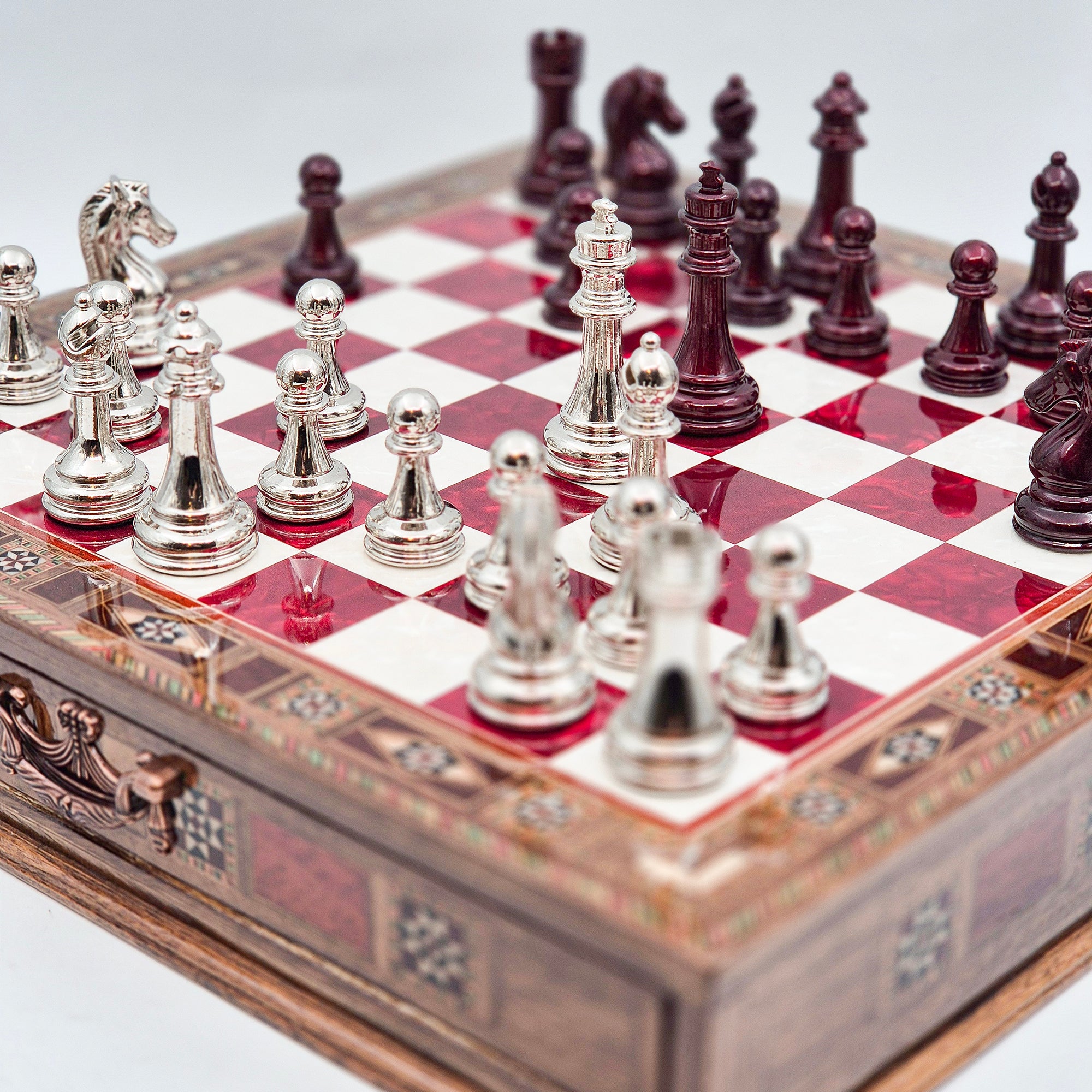
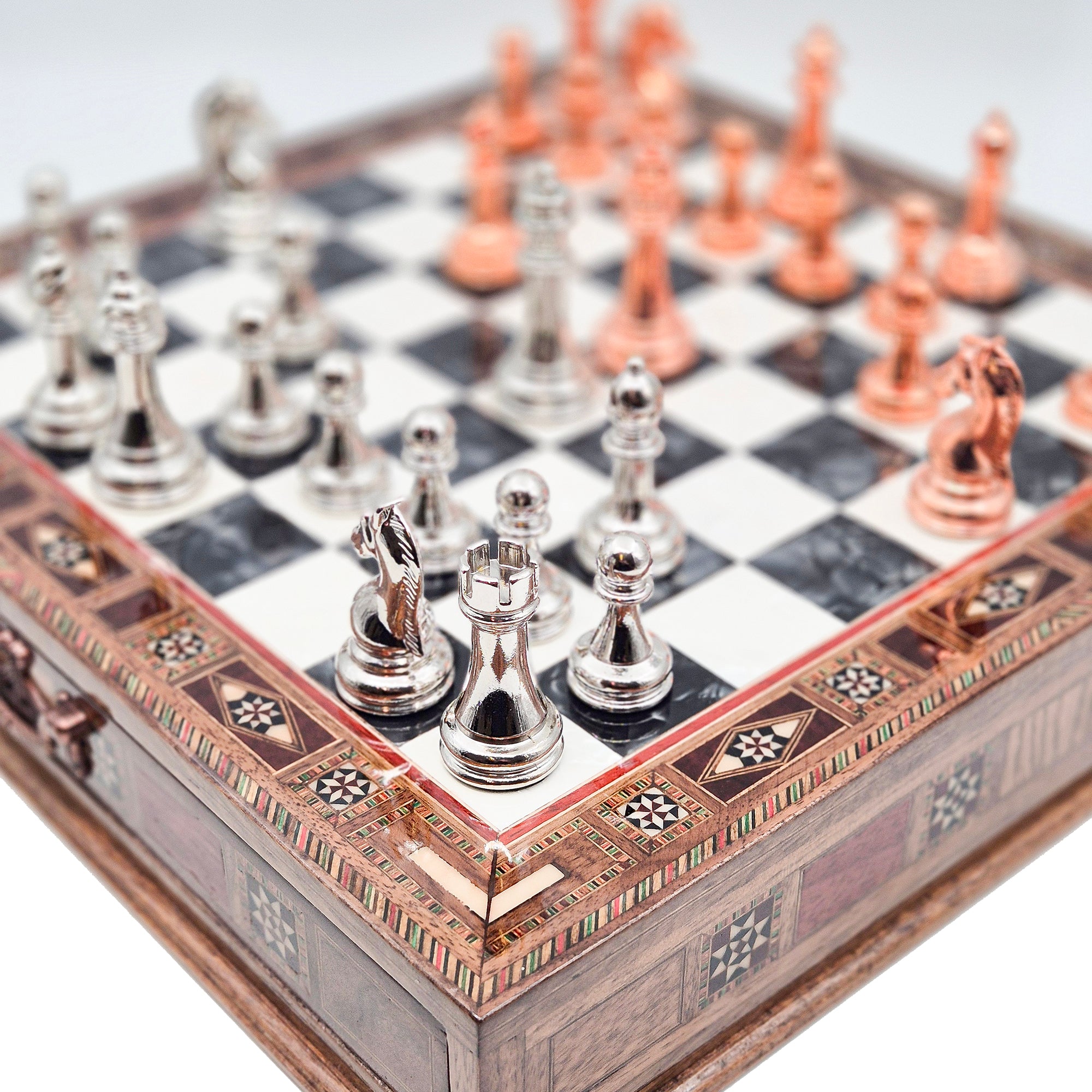
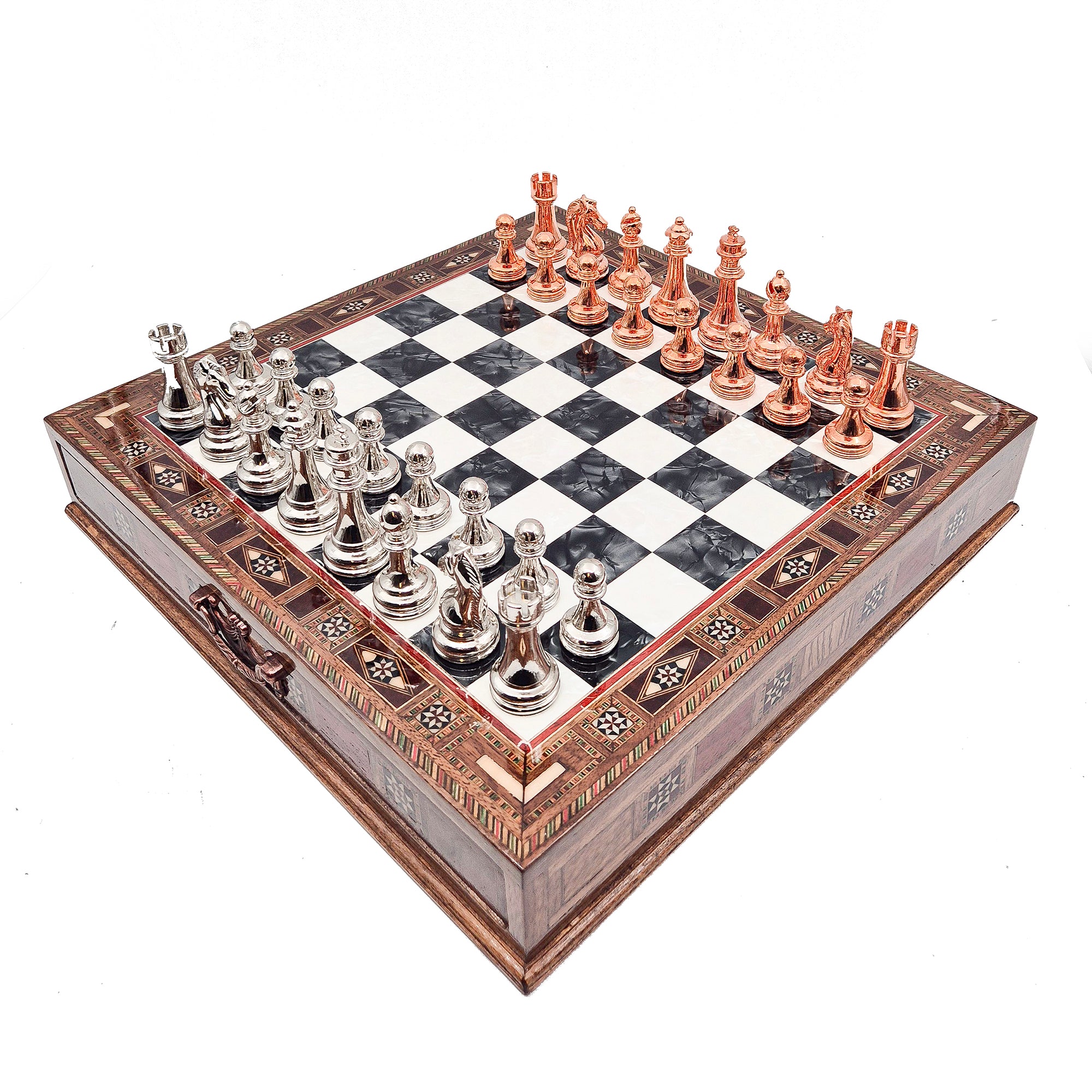


Leave a comment
All comments are moderated before being published.
This site is protected by hCaptcha and the hCaptcha Privacy Policy and Terms of Service apply.